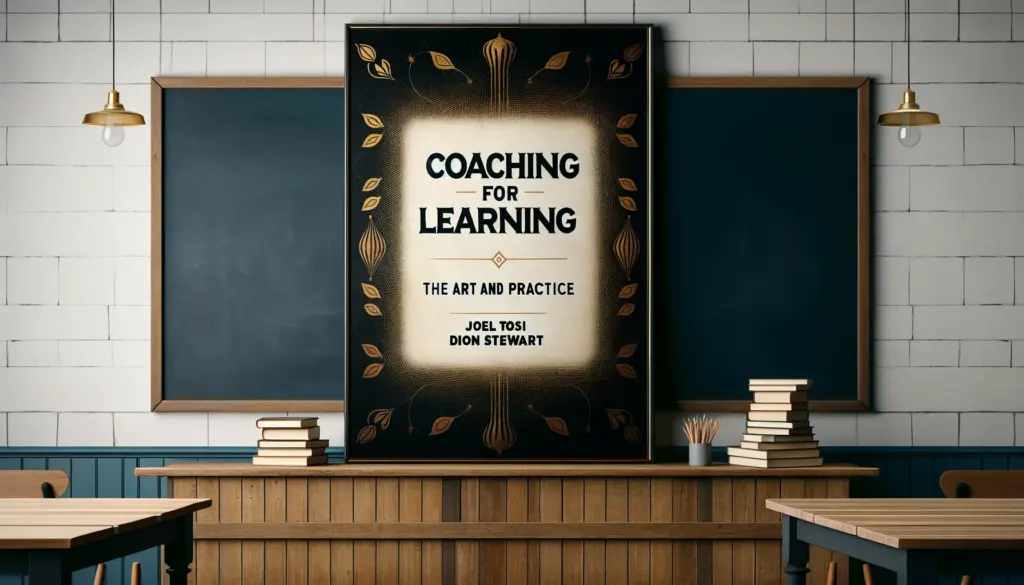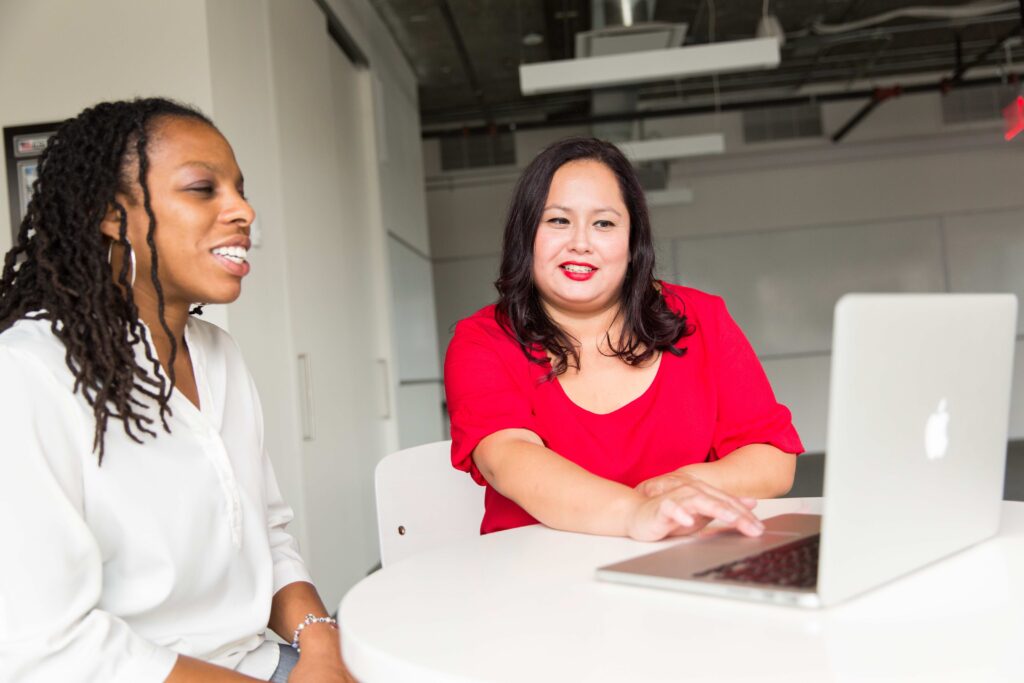Overview
When it comes to technical training programs, getting people registered is only half the battle. Such programs need to not only engage and motivate learners, but they also need to provide tangible benefits to participants.
Kelly Scanlan, Senior Manager of Leadership Development at Box, knows firsthand how to design a learning program that clearly demonstrates its value to participants. At TechKnowCon 2019, she shared with attendees how she managed to take a Box certification program from an NPS of 0 to NPS of 67 in just six short months.
Scanlan credits her integration of values into the program’s design as responsible for much of its improvement. Her stellar work earned her an Innovation Award at Box–an internal award that also recognized her achievements in creating two other values-led programs at the company.
A values-led program redesign
When Scanlan began her position as a Learning Experience Designer at Box in 2018, she took over the Box Certified Professional (BCP) program. This program teaches IT professionals how to maximize their company’s investment in Box; it gives customers the necessary technical training to set Box up from an administrative perspective and engage end users.
Scanlan saw that Box’s certification program was designed in an intimidating way–as was common in the world of technical certifications, it was centered around a proctored exam, delivered on a screen after a student is tasked with memorizing documentation.
Inspired by her passion for Box’s values, Scanlan took a new approach to the idea of technical training. “I began rebuilding the program from a values-up perspective. I wanted to challenge the notion that certifications were only about technical mastery and stressful tests.”
“The redesign became all about making the training human-centric, not product-centric. I thought, ‘Our product is about collaboration, shouldn’t our certification be too?’”
Motivated to go beyond training customers on “the what” and “the how” of using the product, Scanlan wanted participants to leave fully embodying “the why” of Box, to see and speak confidently to “the bigger picture of digital transformation.” As she says, “The BCP program was a way to build evangelism by inviting the people who work with the product every day to come and experience the culture of the company first-hand.”
Here are five takeaways from her recent session at TechKnowCon 2019 on how she redesigned her program from a values-up perspective.
1. Embed the product’s purpose into the program.
To help students focus on the product’s purpose, Scanlan would ask them why customers choose Box. “Participants would come to recognize that Box’s product is about more than managing your content in the cloud. Box facilitates collaboration, automates workflows, and speeds up the processes of countless lines of business. It’s all about agility.”
According to Scanlan, emphasizing the larger purpose of the Box product helped students understand more of its potential use cases. “Every IT professional has rolled out a new piece of software to angry end users and crickets,” Scanlan says. So she sought to redesign her course guided by the question: “How can you get a tool to truly change a workplace, and be loved across the organization as well?“
To show her students how a tool can change a workplace, she immersed the product within the BCP program, as a way of showing how a tool such as Box could change a learning environment. “I used Box to design, deliver and administer the training. Participants were invited as collaborators into a group folder on day one, and experienced the tool firsthand. All their content was immediately at their fingertips, and they were watching their cohort learn in real-time. The program was designed in Box as well, so the entire history of edits, notes and learning was easily accessible by the team for future iterations.”
2. Bring the company culture to life for the learners.
“The easiest way to make a Box admin feel like a true ‘Boxer’ was to invite them onsite to the office,” Scanlan explains. “Their entire experience was curated from the moment they walk in, when they were greeted by enthusiastic instructors–all passionate employees.” The “Box experience” included an office tour (including access to the “legendary BoxBar,” with coffee and kombucha on tap), free meals at the LunchBox, a happy hour, and a visit from CEO and Co-founder Aaron Levie.
To bring company culture to life in their learning environments, Scanlan encouraged a risk-taking, collaborative, and fast-paced mentality to match some of Box’s core values. “I encouraged them to try on another hat for the day. I would say, ‘If you’re typically quiet, today’s your day to lead conversations. If you normally take charge, sit back and practice your listening skills.’ Participants would stretch their new leadership skills; they would find their place collaborating and working in a new way with others.”
To further foster collaboration, Scanlan had participants spend time in small groups thinking through complex problems, leveraging the expertise in the room rather than being overly reliant on the instructor. “Giving learners the safe space to ‘fail fast’ empowered them to find solutions for their day to day challenges at their organizations, the same way they do at Box–collaboratively.”
Scanlan found this strategy to be so successful that “Box Certified Professionals were so enamored to be honorary Boxers, it was an all too common ask for participants to inquire about job postings during the program.”
3. Integrate leadership training into technical training.
The Box Certified Professional program focused heavily on change management practices, which showed learners how to coach others to use the Box product in diverse contexts and for different purposes. “Becoming an expert in the Box product is only step one to making change,” Scanlan explains. She empowered her students to “find and build an advocacy network internally so the product could be adopted and catch fire.”
This included coaching them to become better communicators and trainers themselves and to think about how Box was being leveraged for business outcomes. For Scanlan, it was important that they could become “thought partners in the business” and “influencers with the stakeholders at the table.”
“Success in the world of IT is about more than choosing the right products. It’s about getting buy in. It’s about user engagement and being integrated into the business. Developing this skill set became one of the most integral parts of the program, providing participants with the skills they need to have the conversations that matter, with the people who make the highest level decisions. The shift came when participants began to focus on ‘the why’ of business processes versus ‘the how.’”
4. Transform peer networks into a peer communities.
Recognizing the value of networking in the world of technology, Scanlan set out to take networking one step further. She sought to build deeper connections between professionals from varied industries and with different levels of experience.
The Box value of “Bring your (__)self to work” encourages employees to express their own personalities in their professional lives. As Scanlan explains, “We set the tone for this because our team is known for being goofy and making learning fun, giving people an excuse to be themselves and feel comfortable. This authenticity leads to deeper connections, engaging and clear professional conversations amongst peers… as well as some more entertaining ones.”
“We would ask them to come up with funny Box puns for group names and we would add a competitive element… it just added this layer of fun that you wouldn’t associate typically with that kind of training. This sense of joy created in the Box Certified Professional program connected professionals in a community that continues to grow to this day.”
5. Use certifications to demonstrate community involvement, expertise, and influence.
In her previous role as a Program Manager for education startup Insight Data Science, Scanlan saw firsthand how students were motivated to learn new skills for career growth opportunities.
With this in mind, the BCP program became focused on more than just acquiring a skill set, passing a test, and displaying a badge on LinkedIn. “Certifications show competence and professional development, but this program also became about becoming an influencer in your organization,” says Scanlan. “Of course a certification looks good on your resume, but it’s about so much more. A visual indicator that you are the expert not only at your company, but recognized around the world. Plus, it’s exciting to think of what can come out of being a part of a learning community that challenges you to think innovatively.”
Reflecting values at TechKnowCon
In her new position as Senior Manager of Leadership Development at Box, Scanlan remains passionate about the transformative power of values-based learning. “Professional development is about so much more than learning new skills… it’s about knowing what’s important to you and moving in the right direction. It should always be a guiding force.”
Scanlan concluded her TechKnowCon presentation with an activity that asked attendees to consider a current program they’re working on and how they can start to think about embedding their values into the design.
“This discussion of values shifted the mindset of a room full of technical trainers. Some began to reimagine where they could insert their company values into their existing programs while others had the realization that their values were invisible throughout multiple business processes.”







